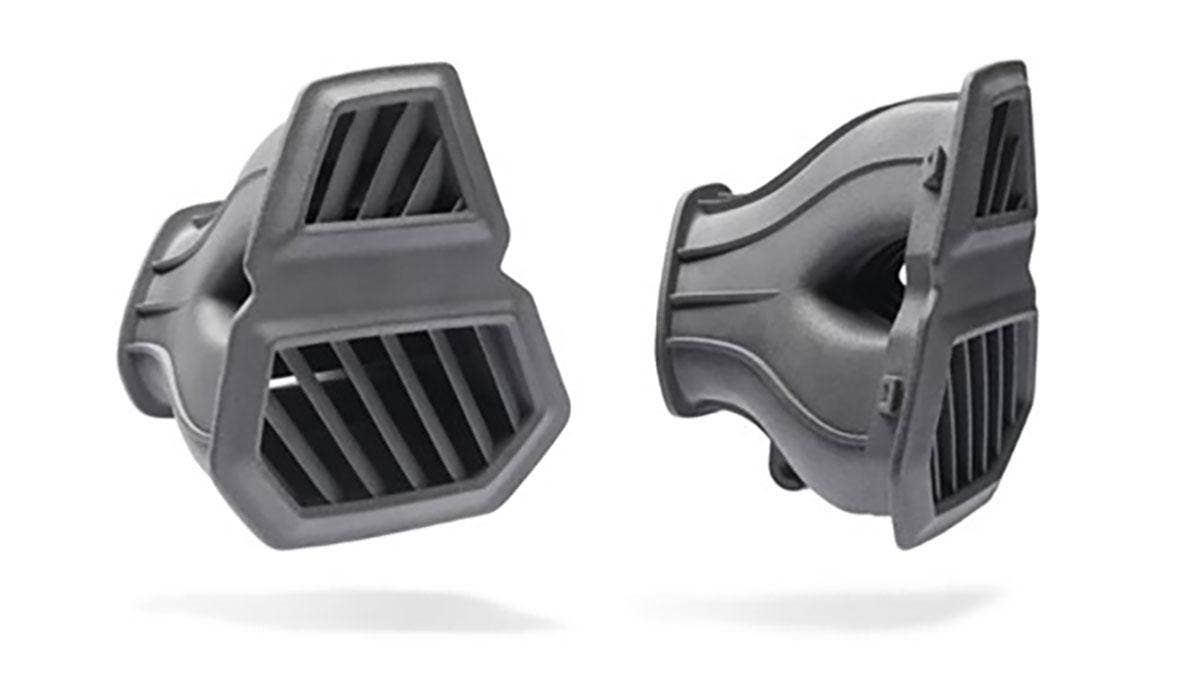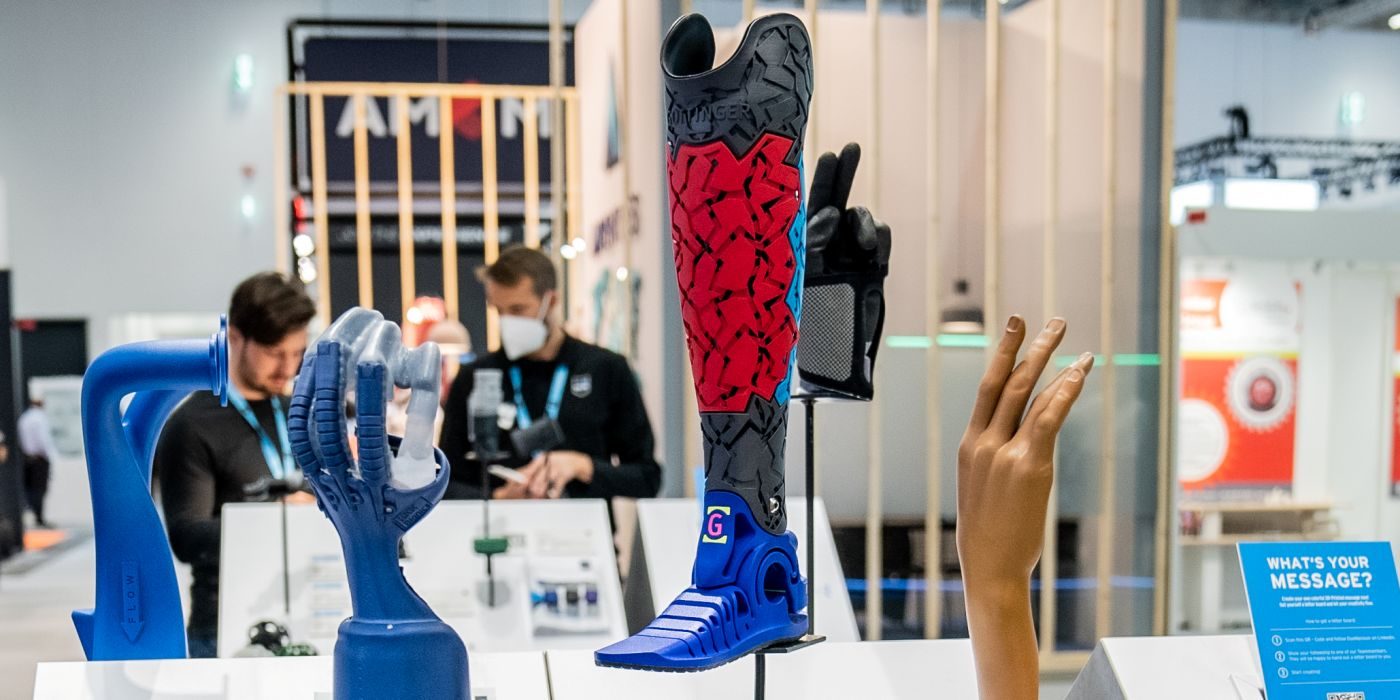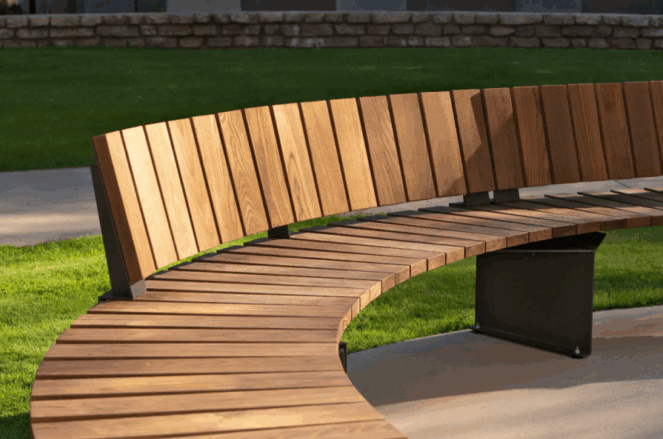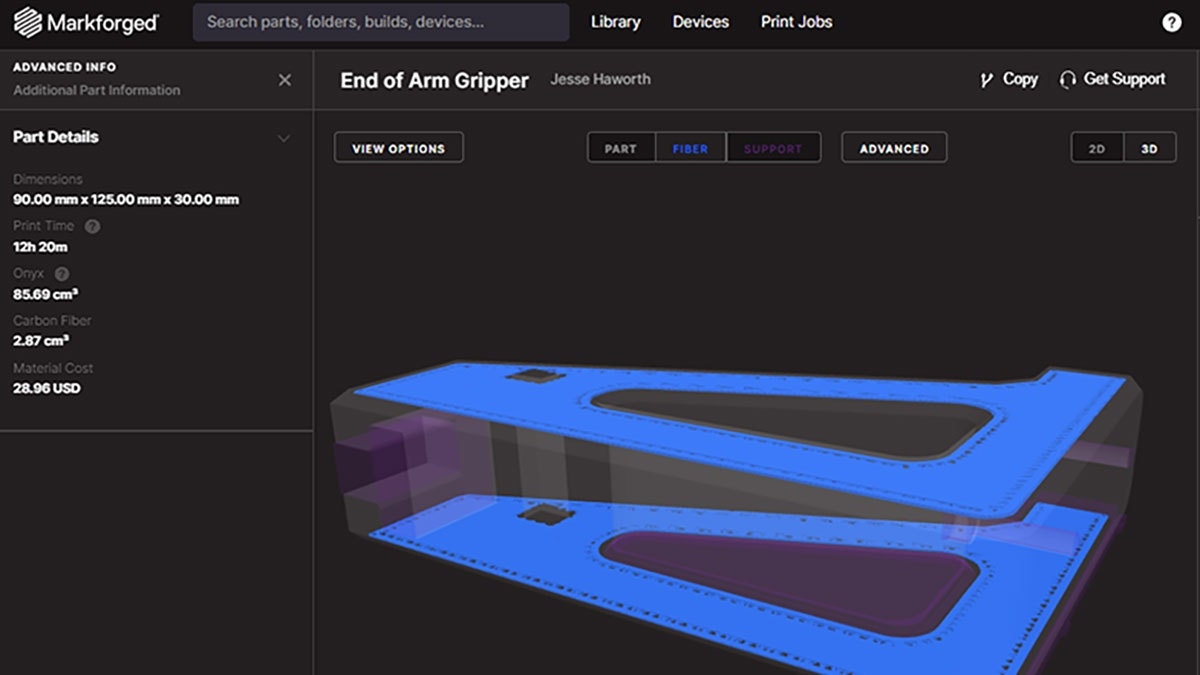HP has made a great expansion to their Jet Fusion material portfolio with the announcement of Polypropylene (PP) for the 5200 this year. PP is one of the most widely used injection molded materials in the world; second only to Polyethylene (PE). This material has some key advantages that make it a heavy hitter in injection molding, and now it is set to make a splash in additive manufacturing.
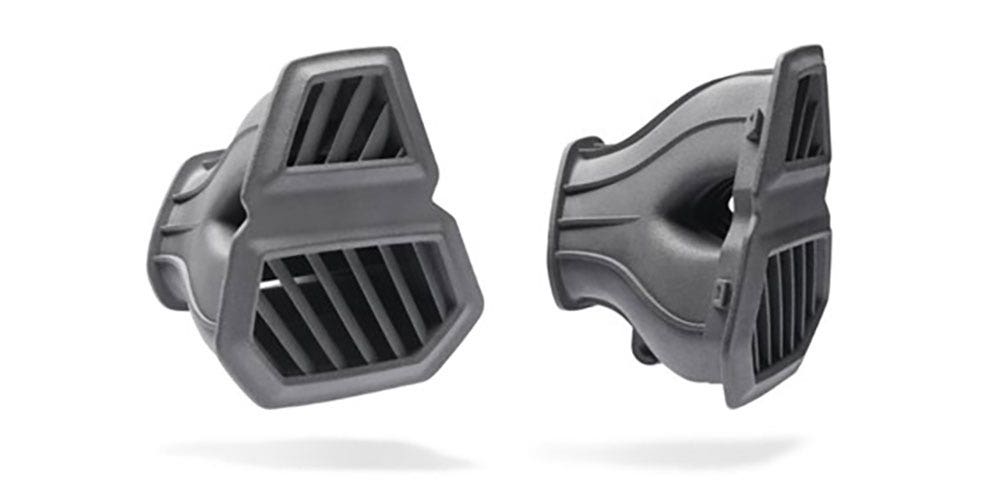
Why Polypropylene?
Polypropylene is commonly used in applications that require excellent chemical resistance combined with great flexibility and impact resistance. Amongst commercial plastics, PP has a very low density, allowing for the production of lightweight parts. Automotive, consumer goods, industrial and medical are key sectors that heavily use PP already. Living hinges and watertight applications are good fits for the material, as well as applications requiring electrical resistance. Drawbacks of the material include flammability and low UV resistance.
Jet Fusion Material Comparisons | PP VS PA12
Polyamide 12 (PA12) is the most common material used in Jet Fusion machines. Over 75 percent of Jet Fusion installations out in the field are using this material. PA12 has great dimensional stability and cooling behavior that make it excel with the HP Jet Fusion printing process. This combination of factors along with an excellent part cost has allowed HP to compete with injection molding processes for low-mid volume quantities of end-use parts.
So how does PP fit in comparison with PA12?
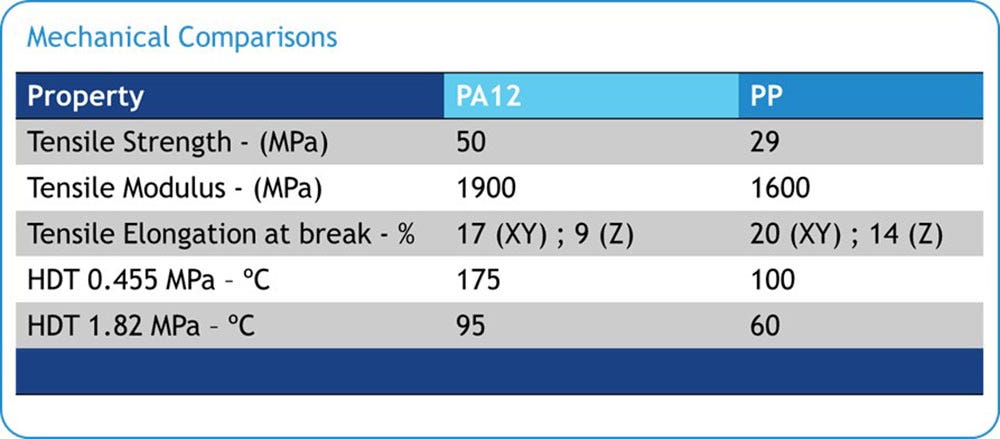
PA12 is stronger and stiffer than PP, however, PP has more elongation to break. This additional elongation is good for applications such as living hinges. When we look at other general properties, the real value of PP begins to show.

The combination of higher powder recyclability along with a lower price per Kg of material make PP the lowest cost material in the HP lineup (previously PA12). In high volume manufacturing, part cost is a big deal, and PP excels in this area. The other two properties to note deal with weldability and moisture absorption. Jet Fusion PP is suitable for welding with injection-molded counterparts. Since PP is already so widely used in the world, the ability to additively produce PP parts that weld together with traditionally manufactured parts is a great advantage. Below are welding techniques that have been tested with Jet Fusion PP:
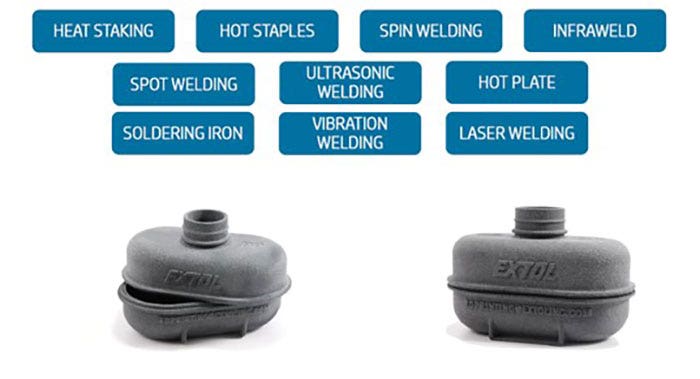
PP is known to be hydrophobic, meaning that it is water repellant and resists moisture absorption. This behavior is great for any application involving fluid-tightness or fluid management. There is a higher rate of shrinkage observed in PP parts, so looser design tolerances are recommended with printing with PP.
Comparison Chart for All HP Materials
Here is a quick comparison chart for the complete HP Jet Fusion 5200 printing portfolio:

Jet Fusion Workflow | Special Processing Requirements with PP
PP has specific considerations due to the heat retention properties of the material itself. Additional care must be taken when prepping builds compared to PA12. Here are two key considerations when working with PP:
• Optimize Dense Parts – Dense parts must be optimized to ensure a Volume (mm^3) / Surface Area (mm^2) ratio of <5mm (<2mm recommended). This can be done by hollowing parts, applying internal lattice structures, or through topology optimization.

• Homogeneous Part Distribution – The next key consideration is to ensure slice distribution is under 2.5dm2 (25000 mm2) per layer. Here are some techniques to minimize slice area: Even part distribution across Z-layers, changing the part orientation, and finally using the same techniques discussed above to decrease part density. Utilizing a third party nesting software such as Materialise Magics allows for the automated nesting of parts to optimize slice distribution.
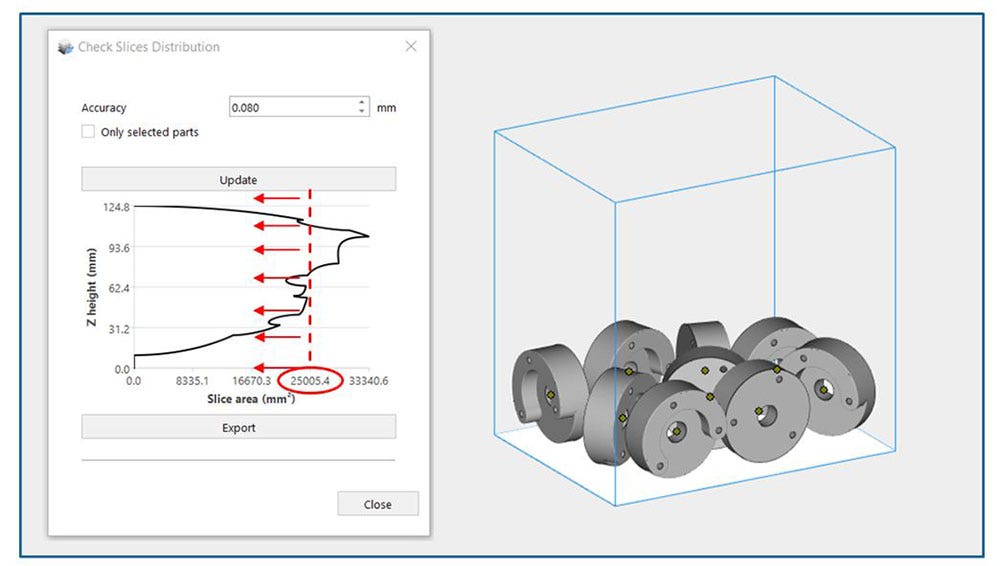
Example of build with slice distribution slightly too high for PP.
Now we have provided you with key information to understand Polypropylene with HP Jet Fusion 3D printers. If you would like to learn more about this technology or if you have any questions, feel free to contact us at Hawk Ridge Systems today!
